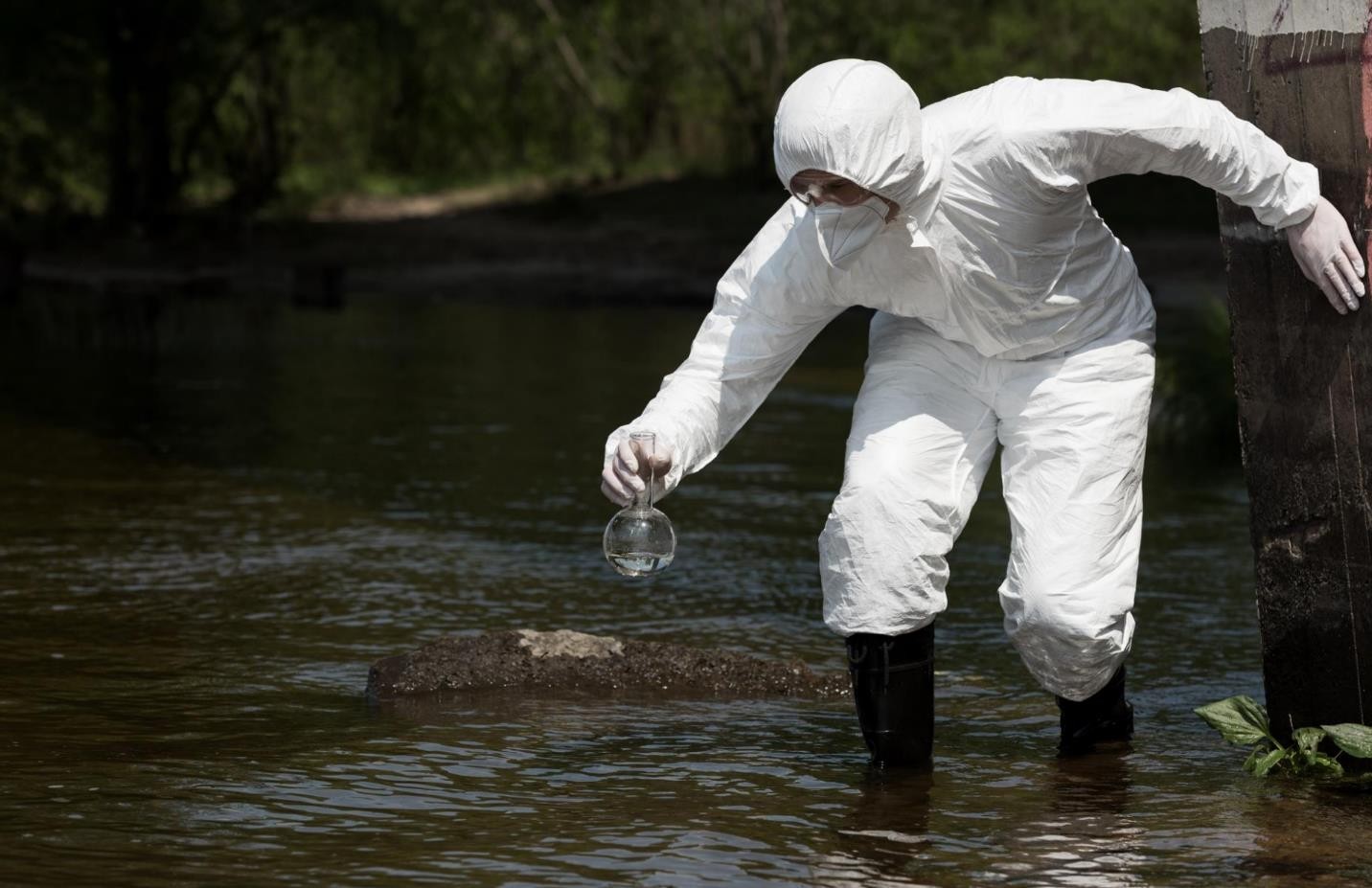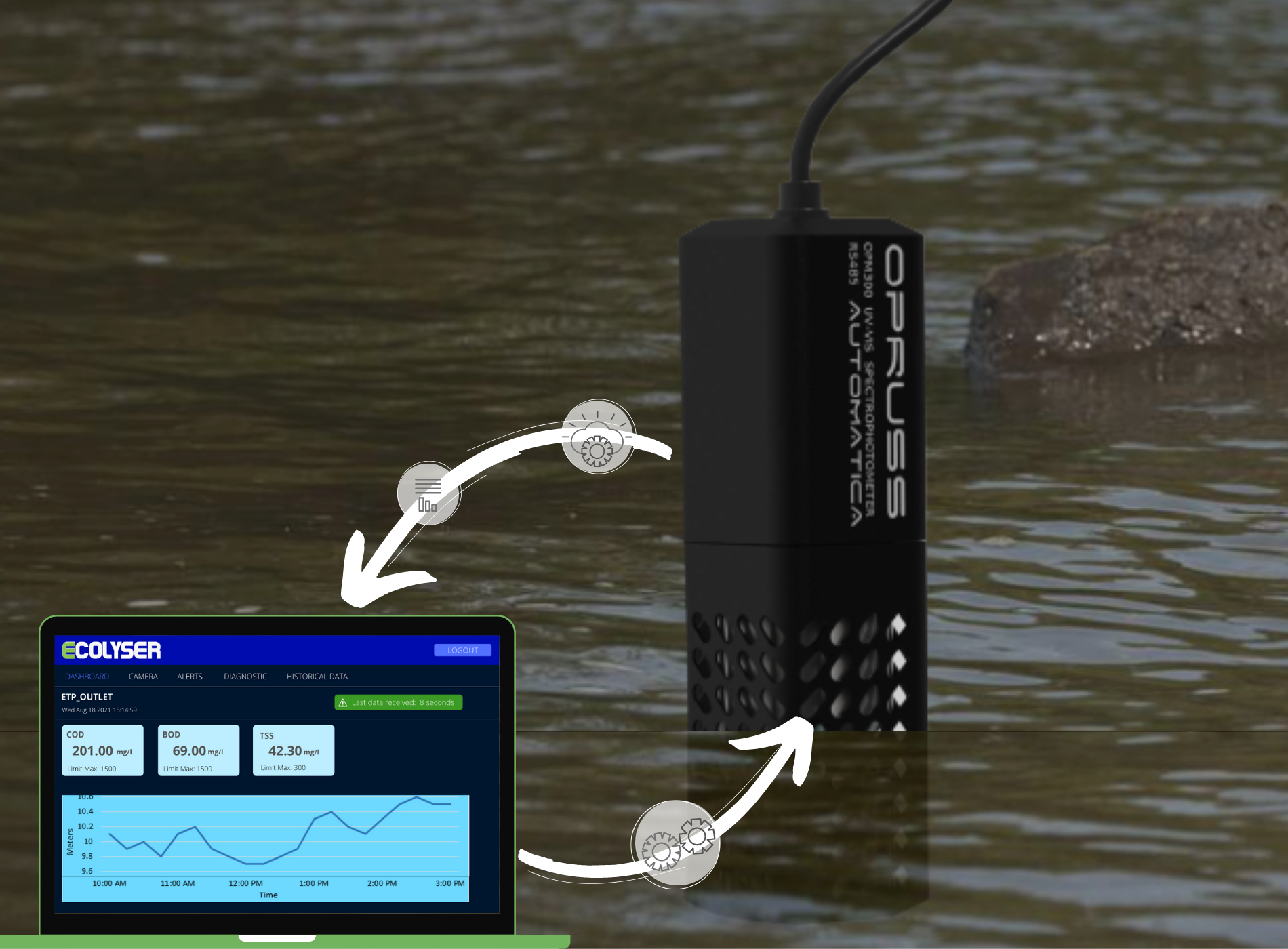We all know that water is one of the essential factors of our life. All the available freshwater resources are on the verge of getting polluted due to the effluents released in them. Realizing the future scarcity of water, i t is important to save it from getting polluted and reuse it in each possible way.
The government and pollution control board came up with the solution to monitor the effluent generated from the industries, IT hubs, residential areas, and various other sectors. This implementation will analyse and control the generation of toxic elements from the effluent. The real-time water monitoring techniques ensure that the effluent is within a permissible limit to release or reuse. Such practices control the water bodies from getting polluted.

The traditional ways of water monitoring resulted in errors and inconsistencies. It not only utilizes the human power to carry out all the processes but also consumes time.
Challenges of water pollution
Limited freshwater bodies are now available due to the increased water pollution. The water quality has affected human health causing health problems and infectious diseases. Similarly, the marine ecosystem gets destructed due to the quality of water. Plants and aquatic animals suffocate which results in a decrease in their lifespan.
IoT sensors for water quality monitoring
Today’s progressive world needs progressive solutions. Development in IoT-based equipment has benefited every sector. The progressive innovations in this field have resulted to monitor even the critical aspects easily with no human interference.
Now, pollution can be monitored easily due to the advancement in pollution and the environmental field of engineering. Industries, IT hubs, residential areas can now monitor the generated effluent with such progressive equipment. The monitoring will help to develop pollution control measures. Implementing these progressive solutions for pollution monitoring helps to save the environment from getting more polluted. These human hassle-free systems keep you updated by providing real-time pollution monitoring data irrespective of any location. The pollution control board also suggests opting for real-time monitoring instruments for contributing to keeping the environment pollution-free. Further, you can consult Environmental services and solution providers for the challenges related to pollution and the environment.

The IoT-based sensors help to determine specific parameters from various water types. Some of them are listed below:
Chemical & Biochemical Oxygen Demand (COD – BOD)
Decomposition of the organic compound occurs with the help of COD and BOD. Higher the COD and BOD level, higher the oxidizable organic matter is available in water or effluent. The presence of a high level of COD and BOD results in the depletion of dissolved oxygen levels.
Potential of Hydrogen (PH)
pH is the important factor to be measured before releasing the treated effluent in water bodies. The level of pH determines the acidic and alkaline nature of effluent which can be measured through the pH sensor easily. Pure water has a pH value of 7, whereas the pH values vary depending upon the effluent quality.
Dissolved Oxygen (DO)
The concentration of free, non-compound oxygen present in water or any other liquids is Dissolved Oxygen. Organisms present in water uses dissolved oxygen for respiration as well as to decompose organic material. If dissolved oxygen present in water is too high or too low then it causes harm to aquatic life and affects the water quality.
Total Suspended Solids (TSS)
The undissolved particles larger than 2 microns that float in the water are Total suspended solids. The increase in TSS level decreases the dissolved oxygen and the water temperature becomes high. In the case of water bodies, due to high TSS aquatic animals and organisms faces difficulties to survive.
Nitrate
Nitrate is one of the forms of nitrogen present in water. They are soluble compounds consisting of nitrogen and oxygen. The presence of nitrate in water serves as a source of fertilizer for aquatic plants and algae but its excess amount can cause water quality problems.
Total Phosphorus
Phosphorus is an essential nutrient for plants in aquatic mediums. The high level of phosphorus increases minerals and nutrients in the water which results in a reduction of dissolved oxygen. This also causes the increased growth of aquatic plants and algae.
Chloride
Industrial water has a maximum level of chloride. High levels of chloride can contaminate freshwater streams and lakes due to which aquatic communities face difficulties to survive. Hence, it is important to monitor and treat it. The high amount of chloride also leads to the corrosion of metals and affects the taste of food products.
Fluoride
Fluoride is naturally present in minerals, soil, water, and air. It is non-biodegradable and relatively persistent. However, fluoride pollution in the environment occurs because the chemical is synthesized for
intentional use in community water fluoridation, dental products, and other consumer items. Fluoride pollution can adversely impact wildlife.
Oil in Water (OIW)
The sources of oil in water are oil refineries, crude oil production, petrochemical industry, metal processing, etc. The concentration of oil in water or effluent is important to determine as it endangers aquatic life as well as human health.
Field of Application
Sewage water
Residential areas, commercial complexes usually build STPs to treat the sewage water. Hence, monitoring is required to check whether the parameter is within the limit before releasing it out.
Individual Industry Effluent
The toxicity level of the effluent is based on the type of industry. COD, BOD, pH, TSS, and TDS are the basic parameters used to monitor the treated effluent. Additional measuring parameters are used based on the requirement and issued guidelines.
Common Effluent Treatment Plant (CETP)
Water is treated in large quantity received from various industries thus monitoring of effluent is necessary. Monitoring sensors and systems are installed by CETPs to get the accurate data of the effluent.
Contact us to know more about Online Water Quality Monitoring System.